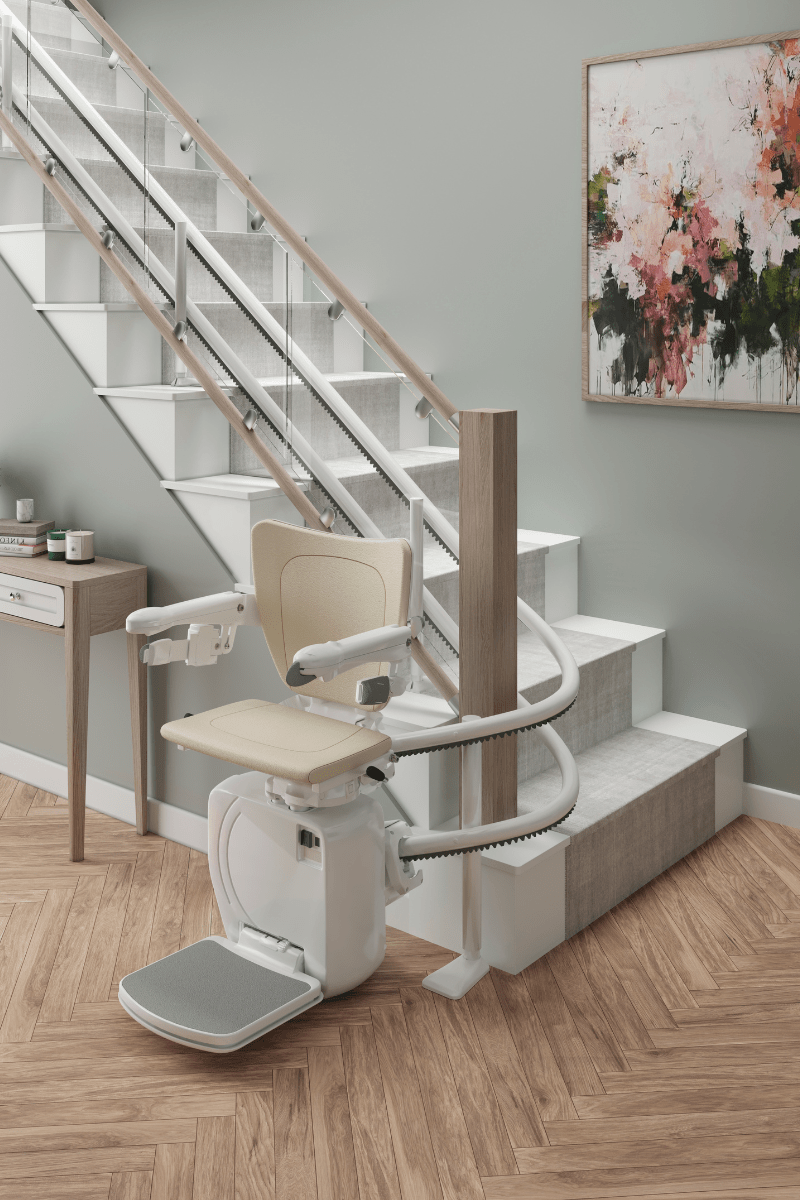The Installation Process for Aluminum Wheelchair Ramps: What Long Island Residents Should Know
Accessibility is essential for ensuring independence and safety for individuals with mobility challenges. For Long Island residents, aluminum wheelchair ramps are a popular choice due to their durability, lightweight design, and resistance to weather conditions. But how do you go about selecting and installing the right ramp for your home?
This guide will walk you through the step-by-step process of choosing and installing an aluminum wheelchair ramp, tailored specifically for Long Island homes.
Step 1: Assess Your Needs
Before installing a ramp, it’s important to understand your specific requirements:
- Mobility Needs: Determine whether the ramp will be used for wheelchairs, scooters, walkers, or all three.
- Temporary or Permanent: Decide if you need a portable ramp for temporary use or a permanent installation for long-term accessibility.
- Weight Capacity: Consider the weight of the user and any mobility equipment to ensure the ramp can support it safely.
Tip for Long Island Residents:
Weather conditions can vary, so opt for aluminum wheelchair ramps in Long Island with non-slip surfaces to ensure safety in rain or snow.
Step 2: Measure the Space
Accurate measurements are crucial for a proper ramp installation. Here’s what to measure:
- Height of the Entryway: Measure the vertical rise from the ground to the entrance.
- Available Space: Determine how much horizontal space you have for the ramp, including any turns or landings.
- Slope Requirements: Follow the Americans with Disabilities Act (ADA) guidelines, which recommend a slope ratio of 1:12 (1 inch of rise for every 12 inches of length).
Long Island Insight:
Homes with smaller yards may require a modular ramp system with turns and landings to fit the available space.
Step 3: Choose the Right Ramp Style
There are several types of aluminum wheelchair ramps to consider:
- Modular Ramps: Ideal for permanent solutions, these ramps can be customized to fit your home’s layout.
- Portable Ramps: Lightweight and foldable, these are great for temporary use or travel.
- Threshold Ramps: Designed for small rises, such as doorways or curbs.
- Platform Ramps: Include flat landings, which are helpful for longer installations or high entryways.
Considerations for Long Island Homes:
Choose a ramp with a weather-resistant coating to prevent corrosion from Long Island’s coastal humidity.
Step 4: Obtain Permits and Approvals
Many municipalities in Long Island require permits for permanent ramp installations. Check with your local building department to ensure compliance with zoning and safety regulations.
Pro Tip:
Hire a licensed contractor familiar with Long Island’s codes to streamline the permit process.
Step 5: Prepare the Installation Site
Preparing the site ensures a smooth installation:
- Clear the Area: Remove any obstacles, such as bushes, rocks, or uneven ground.
- Mark the Layout: Use chalk or tape to mark where the ramp will be installed.
For Long Island Weather:
Consider adding drainage solutions around the ramp to prevent water pooling during rainy seasons.
Step 6: Install the Ramp
If you’re hiring professionals, they will handle the installation. However, if you’re taking a DIY approach, follow these general steps:
- Assemble the Ramp Components: Follow the manufacturer’s instructions to piece together the sections.
- Secure the Ramp: Anchor the ramp to the ground or structure using the provided hardware.
- Check Stability: Ensure all sections are securely fastened and that the ramp doesn’t wobble.
- Add Safety Features: Install handrails, edge protectors, and non-slip treads for added safety.
Note:
Modular ramps are easier to install and adjust compared to custom-built wooden ramps.
Step 7: Inspect and Test
After installation, inspect the ramp thoroughly:
- Test Weight Capacity: Ensure it can safely handle the expected load.
- Check for Stability: Walk or roll up the ramp to verify that it feels stable and secure.
- Review Safety Features: Confirm that handrails, landings, and non-slip surfaces are properly installed.
For Long Island Residents:
Schedule routine maintenance checks, especially after harsh winters, to ensure the ramp remains in good condition.
Step 8: Maintain Your Ramp
Aluminum ramps require minimal maintenance, but regular upkeep ensures longevity and safety:
- Clean Regularly: Remove dirt, leaves, and debris to maintain traction.
- Check Fasteners: Inspect bolts and screws periodically to ensure they’re tight.
- Monitor Wear: Look for signs of rust or corrosion, especially in salty coastal areas.
Conclusion
Installing an aluminum wheelchair ramp in your Long Island home is a straightforward process that can significantly enhance accessibility and independence. By assessing your needs, choosing the right ramp style, and following proper installation steps, you can ensure a safe and durable solution tailored to your home.
Whether you’re looking for a temporary ramp or a permanent installation, partnering with local experts ensures compliance with Long Island regulations and provides peace of mind.
FAQs
1. Do I need a permit to install a wheelchair ramp in Long Island?
Yes, most municipalities in Long Island require a permit for permanent ramp installations. Check with your local building department or consult a licensed contractor to ensure compliance with local codes.
2. What is the recommended slope for a wheelchair ramp?
The ADA recommends a slope ratio of 1:12, meaning 1 inch of vertical rise requires at least 12 inches of ramp length. This ensures safety and accessibility for users.
3. How do I maintain an aluminum wheelchair ramp?
Aluminum ramps require minimal maintenance. Regularly clean the surface, inspect fasteners, and check for any signs of wear or corrosion, especially in coastal Long Island areas.
4. Can I install an aluminum ramp myself?
Yes, many modular aluminum ramps are designed for DIY installation. However, for complex setups or permanent installations, hiring a professional is recommended.
5. Are aluminum ramps suitable for Long Island weather?
Absolutely! Aluminum ramps are weather-resistant, lightweight, and durable, making them ideal for Long Island’s variable climate and coastal conditions.






